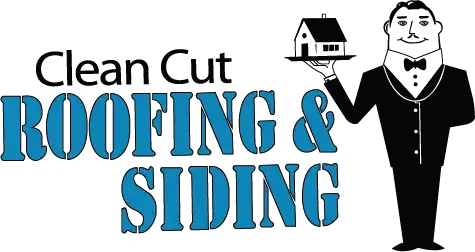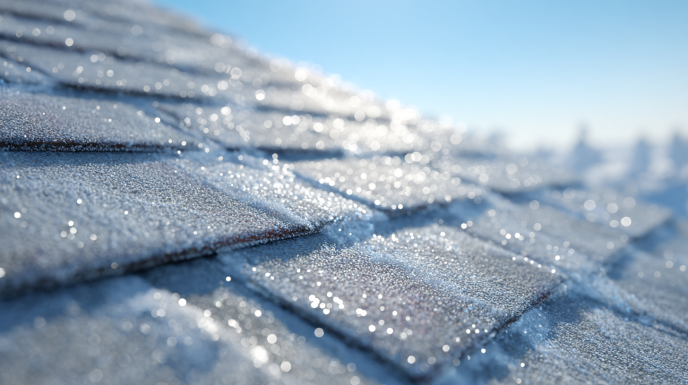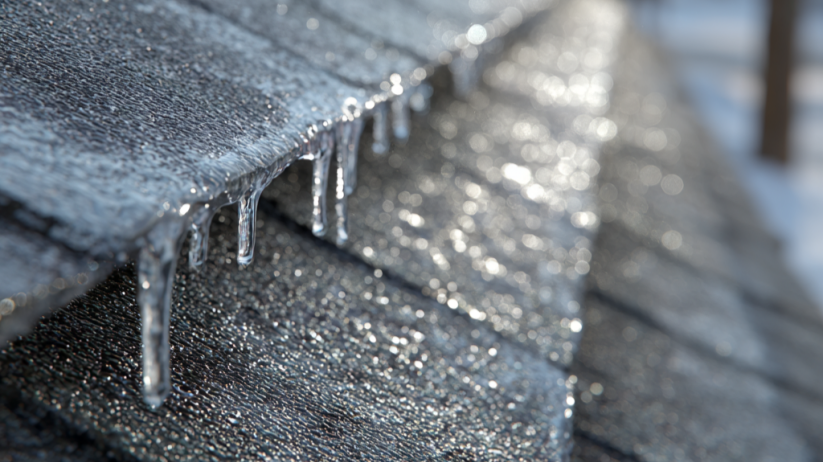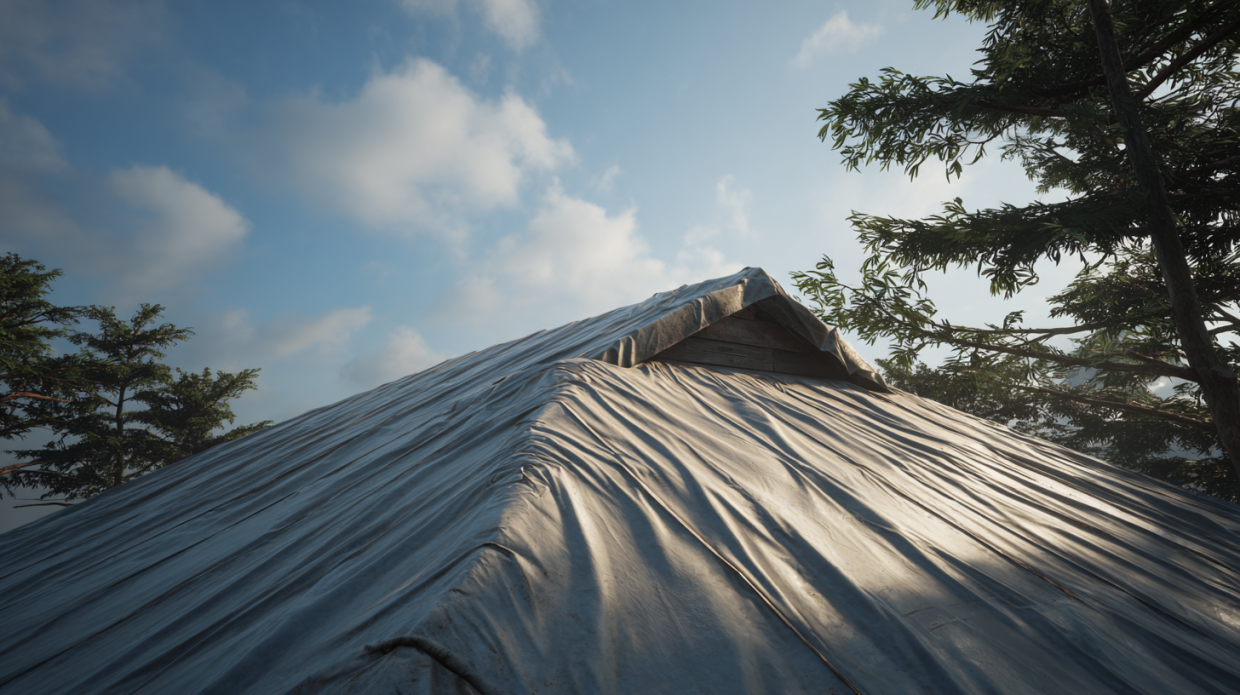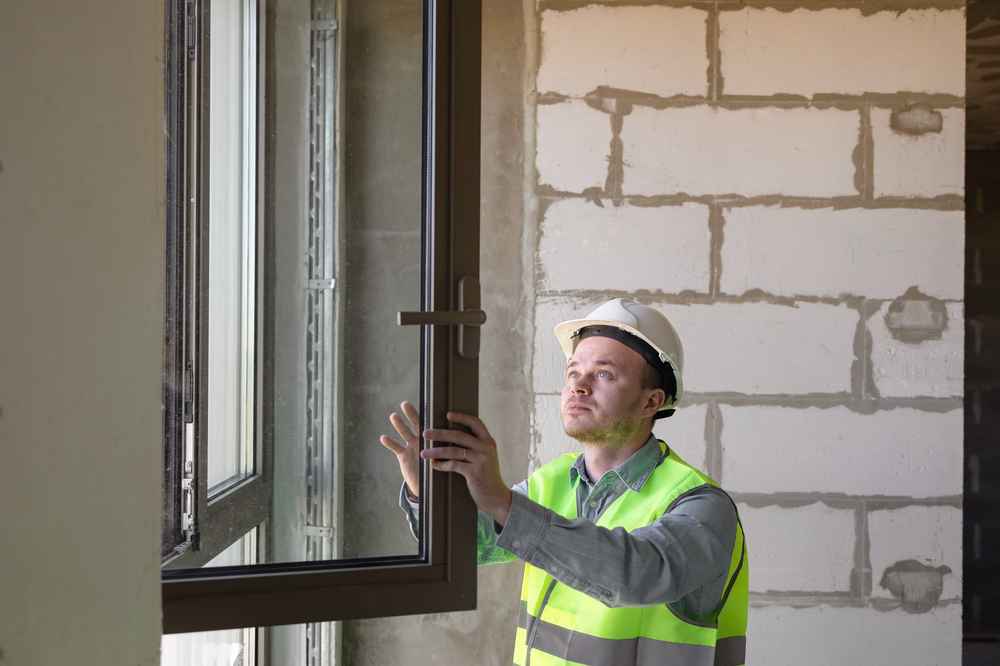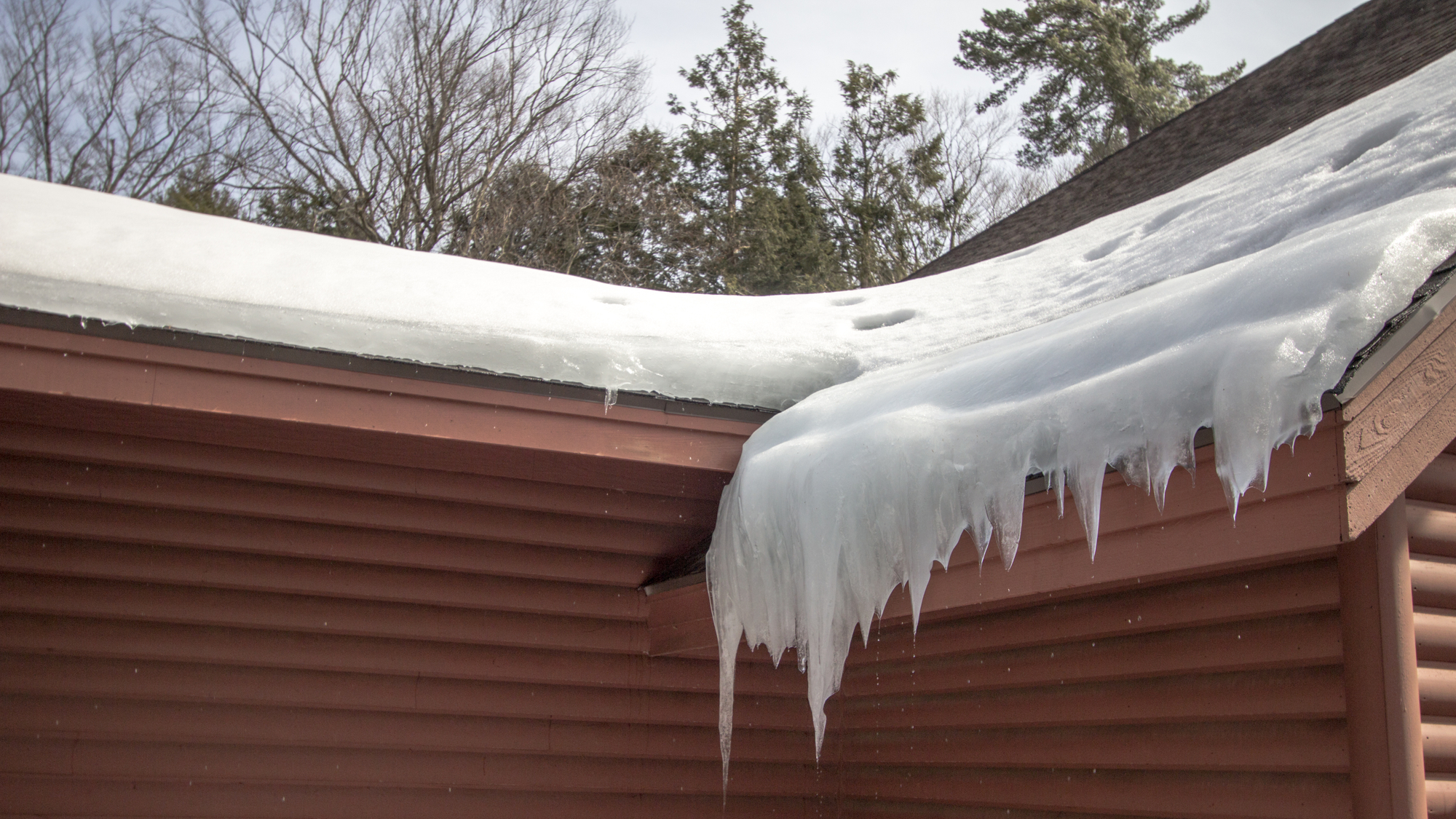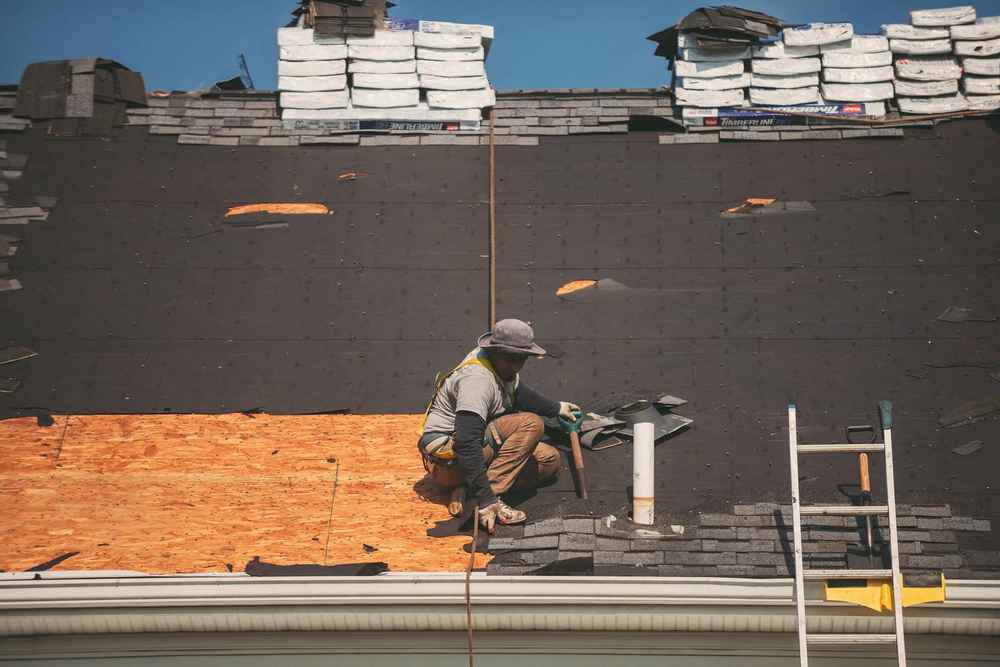Roof leaks are one of the most common yet frustrating issues homeowners face. Even a small leak can lead to significant damage, including mold growth, structural deterioration, and costly repairs. In Sanpete County, where weather conditions can be unpredictable—ranging from heavy snowfall in winter to strong winds and rain in the summer—roof leaks can become a frequent problem if not addressed early.
Understanding the common causes of roof leaks and how to prevent them is essential for protecting your home and maintaining your roof’s longevity. In this blog, we’ll explore the key reasons leaks occur, how Sanpete County’s climate plays a role, and what steps you can take to keep your home safe.
Common Causes of Roof Leaks
Roof leaks can develop for many reasons. Some occur due to gradual wear and tear, while others result from sudden weather damage. Below are the most common causes of roof leaks in Sanpete County and what you can do to prevent them.
1. Damaged or Missing Shingles
Shingles are your roof’s first line of defense against the elements. When they crack, curl, or go missing, the exposed areas become vulnerable to moisture, leading to leaks.
Causes of Shingle Damage:
- Strong Winds: Gusts from storms or heavy winds can lift and tear shingles off.
- Hail Damage: Hail can dent, crack, or puncture shingles, making them ineffective.
- UV Exposure: Over time, the sun’s UV rays weaken shingle material, causing brittleness.
Prevention Tip:
Perform routine roof inspections, especially after storms. If you notice loose or missing shingles, have them replaced immediately.
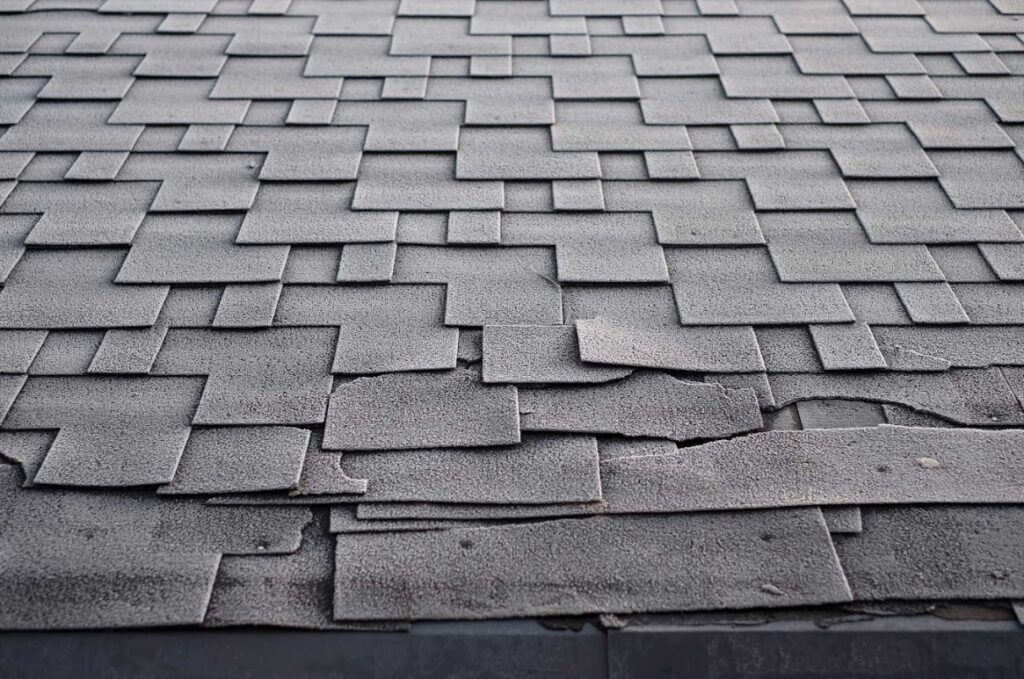
2. Improperly Installed or Worn-Out Flashing
Flashing is a thin metal sheet placed around chimneys, vents, skylights, and roof edges to prevent water from seeping in. If it’s improperly installed or deteriorates over time, leaks can form in these areas.
Signs of Failing Flashing:
- Rust or Corrosion on the metal.
- Cracked or Loose Sealant around flashing edges.
- Water Stains on ceilings near vents or chimneys.
Prevention Tip:
Have a professional inspect your flashing annually to ensure it’s in good condition. If you notice cracks or lifting, replace the flashing before water gets inside.
3. Clogged or Improperly Functioning Gutters
Your gutter system directs rainwater away from your roof and foundation. When gutters become clogged with leaves, dirt, and debris, water overflows and pools at the roof’s edges, increasing the risk of leaks.
How Gutters Lead to Roof Leaks:
- Water Backup: When gutters are blocked, water has nowhere to go and may seep under shingles.
- Ice Dams: In winter, clogged gutters can contribute to ice dam formation, which forces melting snow to penetrate the roof.
Prevention Tip:
- Clean your gutters at least twice a year—once in the fall and again in the spring.
- Consider installing gutter guards to prevent clogging.
- Check for sagging gutters and repair them promptly.
4. Ice Dams and Winter Weather Damage
Sanpete County experiences cold winters with heavy snowfall, making ice dams a common concern. Ice dams occur when heat from the attic melts snow on the roof, which then refreezes at the eaves, blocking drainage and forcing water under shingles.
How Ice Dams Cause Leaks:
- Trapped Water: Melted snow has no escape route and infiltrates the roof.
- Roof Deck Damage: Prolonged water exposure weakens the roof’s structure.
- Interior Leaks: Water seeps through ceilings and walls.
Prevention Tip:
- Improve attic insulation and ventilation to maintain an even roof temperature.
- Use a roof rake to remove excess snow after heavy snowfall.
- Install heating cables along the roof edges if ice dams are a recurring issue.
5. Skylight and Chimney Leaks
Skylights and chimneys are common weak points where leaks occur, often due to poor sealing or age-related wear.
Skylight Leak Causes:
- Improper installation.
- Cracked seals or flashing.
- Condensation buildup inside the skylight frame.
Chimney Leak Causes:
- Damaged mortar joints.
- Cracks in the chimney crown.
- Flashing pulling away from the structure.
Prevention Tip:
- Inspect skylight and chimney seals annually.
- Apply fresh caulk or replace flashing as needed.
- Waterproof your chimney with a masonry sealant.
6. Poor Attic Ventilation and Condensation Buildup
Without proper ventilation, your attic can trap heat and moisture, leading to condensation, which eventually results in mold, rot, and leaks.
Signs of Poor Ventilation:
- Damp insulation.
- Musty odors in the attic.
- Peeling paint on interior ceilings.
Prevention Tip:
Ensure your attic has sufficient intake (soffit) and exhaust (ridge or gable) vents to allow airflow and prevent moisture buildup.
7. Aging Roof Materials
Every roof has a lifespan, and once materials start deteriorating, leaks are inevitable.
Typical Roof Lifespan by Material:
- Asphalt Shingles: 20–25 years.
- Metal Roofing: 40–70 years.
- Slate or Tile: 50+ years.
Prevention Tip:
- Know the age of your roof and plan for a replacement before it begins to fail.
- Schedule professional inspections every few years to assess material condition.
How Sanpete County’s Climate Affects Roof Leaks
Sanpete County experiences:
- Heavy snowfall (leading to ice dams).
- Strong summer storms (causing shingle damage and flashing issues).
- Fluctuating temperatures (accelerating wear and tear).
To keep your home safe, schedule seasonal inspections before winter snow and summer storms arrive.
Take Action Before a Leak Starts
Understanding the common causes of roof leaks in Sanpete County allows you to take proactive steps in maintaining your home. Whether it’s replacing damaged shingles, clearing gutters, or improving attic ventilation, early prevention can save thousands in repair costs.
At Clean Cut Roofing & Siding, we provide expert inspections, repairs, and replacements tailored to Sanpete County’s climate. Don’t wait until a small issue turns into a major problem—let us help protect your home.
Get a free estimate now and let our team ensure your roof remains leak-free all year long!
